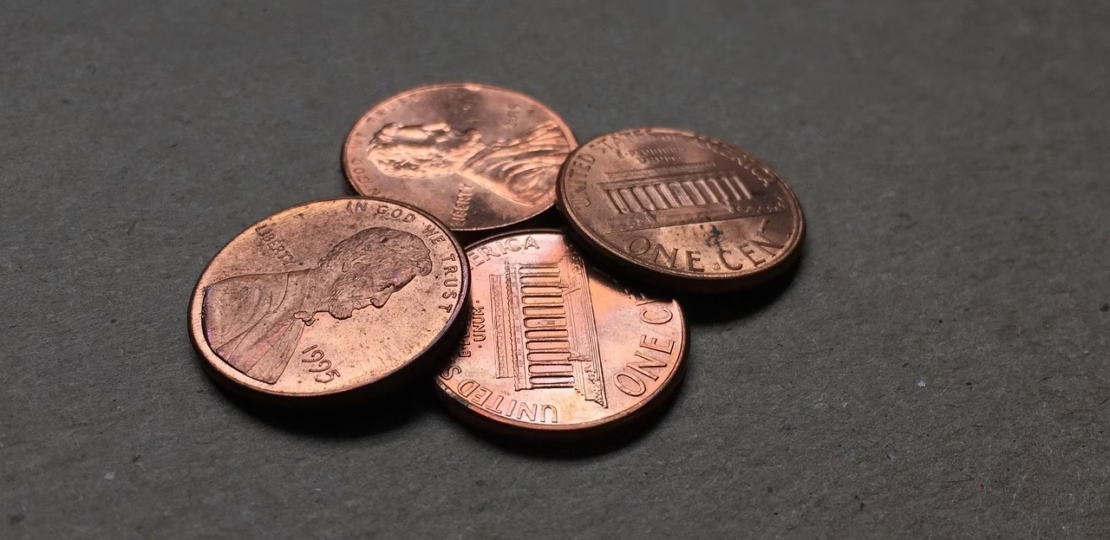“Stablecoins Enter Financial Mainstream Amid Regulatory Scru
June 12, 2025 | by Sophia Vance

Stablecoins Enter Financial Mainstream Amid Regulatory Scrutiny
By Sophia Vance — Financial Analyst & Crypto Commentator
The tectonic plates beneath the financial world are shifting once again, and this time, the movement is driven by stablecoins—digital assets pegged to fiat currencies and engineered for price stability. Once a niche concept understood by only the most devout crypto natives, stablecoins are now elbowing their way onto the main stage of global finance. But as they gain traction among institutional players and the average consumer alike, a wave of regulatory scrutiny is redefining the game—and the stakes couldn’t be higher.
Pegged for Power: Why Stablecoins Matter Now
Let’s cut through the noise. In 2021, stablecoins like USDT (Tether), USDC (Circle), and DAI became a vital source of liquidity on crypto exchanges. By early 2024, stablecoin market capitalization had crossed $130 billion, with daily trading volumes rivaling—sometimes surpassing—Bitcoin and Ethereum. JPMorgan, PayPal, and even Visa have begun dipping toes into the stablecoin pool, with PayPal USD (PYUSD) becoming a rare example of a tech giant issuing its own digital dollar.
But why are these tokens suddenly so mainstream? Three reasons: stability, accessibility, and speed. Stablecoins provide a bridge between the old guard of finance and the frontier of Web3, letting users move dollars across borders in seconds, settle trades without banking delays, and hedge against volatility—all without touching a traditional bank. Try wiring funds on a Friday night: stablecoins get it done before you finish your coffee.
Regulators Step In: An Inevitable Reckoning
With scale comes scrutiny. U.S. regulatory agencies, from the SEC to the Treasury Department, are now crafting the rules of engagement. The UK and EU are not far behind, with the MiCA regulation (Markets in Crypto-Assets) setting standards for stablecoin reserves and transparency.
- Reserve Backing: Every major jurisdiction agrees: stablecoins require robust, auditable reserves. Gone are the days of opaque accounting.
- Issuer Licensing: Only licensed, vetted entities can issue or market stablecoins. Expect more crypto-native and Wall Street partnerships.
- KYC & AML: The shadow of illicit finance looms large. Know-Your-Customer and Anti-Money Laundering requirements will now mirror those of banks.
The message is clear: regulators want to harness stablecoin innovation without sparking systemic risk. In the U.S., proposals like the Stablecoin TRUST Act and initiatives to push token issuers under the watchful eye of the Fed are picking up steam. Roundtable discussions once held in obscure committees are headline news.
What Does This Mean for Investors and Institutions?
Let’s dispense with the romance and deal in reality: regulatory clarity is oxygen for institutional adoption. The more defined the rules, the more doors open for pension funds, asset managers, and everyday savers. We’re entering a phase where stablecoins will underpin new cross-border payments rails, turbocharge decentralized finance (DeFi) products, and even offer a regulated alternative for saving and remittance outside of traditional banks.
Consider that Bank of New York Mellon now safekeeps stablecoin reserves, or that Visa pilots USDC-based settlements for international payouts. These aren’t mere press releases—they’re signals that stablecoins are not a tech sideshow but an essential layer of the next-generation financial stack.
The Risks: Not All Stablecoins Win the Race
While stablecoins are fueling a modern financial renaissance, not every project will survive the audit. Products with shoddy reserve management, poor governance, or inadequate transparency will become regulatory roadkill. Tether, despite its dominance, faces perennial skepticism over its reserve composition. Algorithmic stablecoins, those not fully backed by fiat, remain in the regulatory crosshairs after the collapse of Terra’s UST in 2022. The market is demanding, and only those that deliver trust—and transparency—will be allowed to scale.
Looking Forward: The Sweet Spot of Innovation and Safety
The path is clear: stablecoins aren’t just surviving scrutiny—they’re emerging stronger, more resilient, and positioned for liftoff. The regulatory headwinds are not a death knell, but a refining flame. Expect a bifurcated market: a suite of highly regulated, institutionally integrated stablecoins, and a parallel world of decentralized, permissionless variants evolving in the open-source wilds of crypto.
Here’s my take: ignore stablecoins at your own peril. If you’re an investor, the time to get smart about them is now. If you’re an institution, regulatory clarity is your launchpad, not your anchor. The future of finance is a hybrid architecture—part blockchain, part bank vault—where stablecoins are the connective tissue holding it all together.
— Sophia Vance

RELATED POSTS
View all



